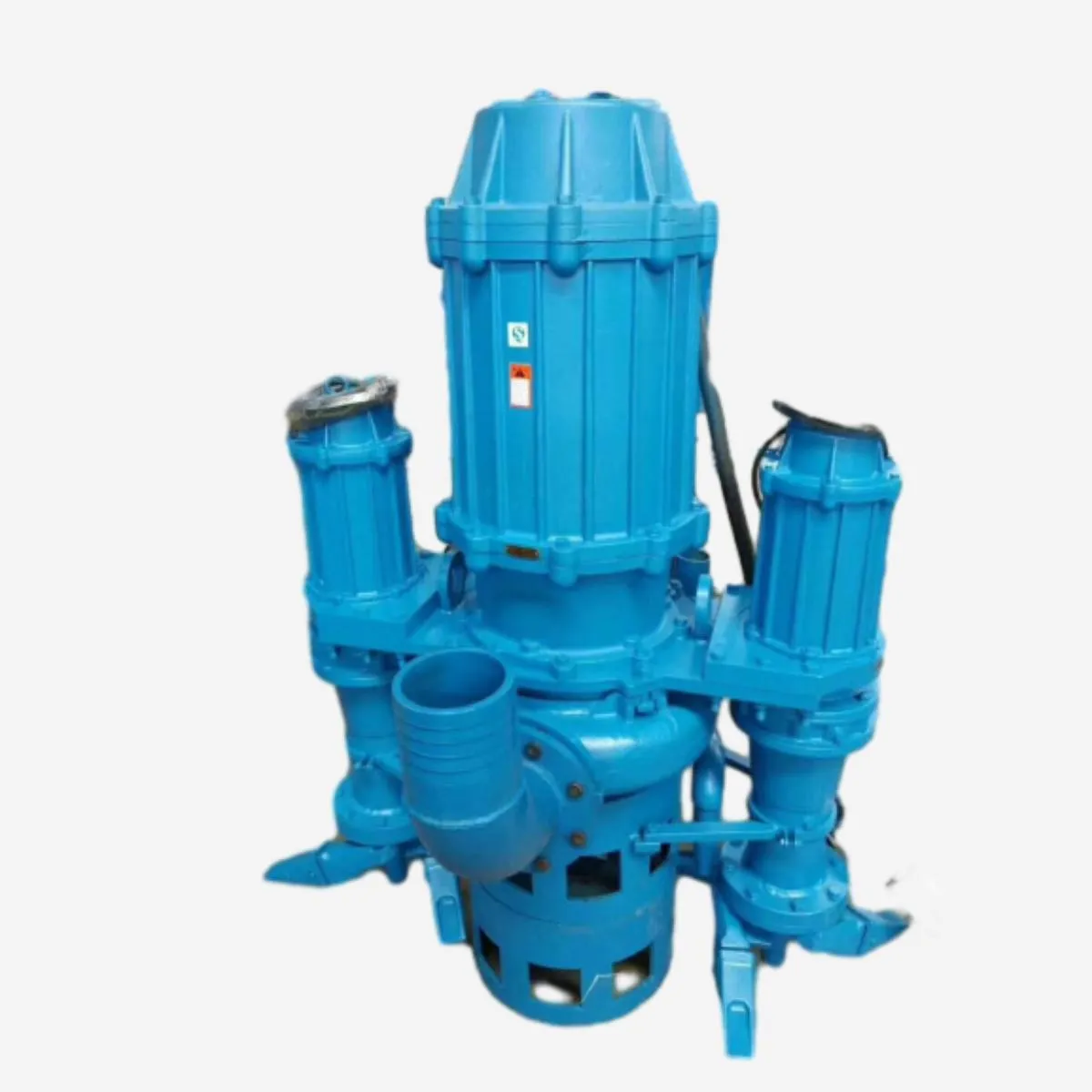English
- Afrikaans
- Albanian
- Amharic
- Arabic
- Armenian
- Azerbaijani
- Basque
- Belarusian
- Bengali
- Bosnian
- Bulgarian
- Catalan
- Cebuano
- Corsican
- Croatian
- Czech
- Danish
- Dutch
- English
- Esperanto
- Estonian
- Finnish
- French
- Frisian
- Galician
- Georgian
- German
- Greek
- Gujarati
- Haitian Creole
- hausa
- hawaiian
- Hebrew
- Hindi
- Miao
- Hungarian
- Icelandic
- igbo
- Indonesian
- irish
- Italian
- Japanese
- Javanese
- Kannada
- kazakh
- Khmer
- Rwandese
- Korean
- Kurdish
- Kyrgyz
- Lao
- Latin
- Latvian
- Lithuanian
- Luxembourgish
- Macedonian
- Malgashi
- Malay
- Malayalam
- Maltese
- Maori
- Marathi
- Mongolian
- Myanmar
- Nepali
- Norwegian
- Norwegian
- Occitan
- Pashto
- Persian
- Polish
- Portuguese
- Punjabi
- Romanian
- Russian
- Samoan
- Scottish Gaelic
- Serbian
- Sesotho
- Shona
- Sindhi
- Sinhala
- Slovak
- Slovenian
- Somali
- Spanish
- Sundanese
- Swahili
- Swedish
- Tagalog
- Tajik
- Tamil
- Tatar
- Telugu
- Thai
- Turkish
- Turkmen
- Ukrainian
- Urdu
- Uighur
- Uzbek
- Vietnamese
- Welsh
- Bantu
- Yiddish
- Yoruba
- Zulu
Telephone: +86 13120555503
Email: frank@cypump.com
Dec . 11, 2024 09:20 Back to list
Choosing the Right Bathroom Ejector Pump for Your Home Plumbing Needs
Understanding Bathroom Ejector Pumps A Comprehensive Guide
In modern plumbing systems, efficient waste management is paramount to maintaining hygiene and convenience in our daily lives. Among the various plumbing devices available, bathroom ejector pumps play a crucial role in managing wastewater from below-grade bathrooms, where gravity cannot assist in the effective removal of waste. This article delves into the functionality, installation, and maintenance of bathroom ejector pumps to illuminate their importance in residential plumbing.
What is a Bathroom Ejector Pump?
A bathroom ejector pump, often referred to simply as an ejector pump, is a mechanical device that is specifically designed to pump wastewater from a bathroom situated in a lower level of a home, such as a basement. When the plumbing fixtures (like toilets, sinks, or showers) in these below-grade bathrooms drain, the ejector pump transports the wastewater up to the main sewage line. This is especially critical in locations where the elevation of the waste pipe is higher than the bathroom itself, preventing gravity drainage.
How Does an Ejector Pump Work?
The operation of an ejector pump is relatively straightforward. When wastewater enters the ejector pit—a basin located beneath the bathroom—the pump is activated by a float switch, which rises as the water level increases. Once the float reaches a predetermined height, it triggers the pump to start. The pump then forces the waste material through the discharge pipe and into the sewer line or septic system, utilizing either centrifugal or positive displacement mechanisms.
Ejector pumps are typically made from durable materials designed to withstand corrosive environments. They can handle a mix of solid waste, toilet paper, and liquids, making them vital for the seamless operation of a bathroom’s plumbing system.
Installation of Bathroom Ejector Pumps
bathroom ejector pump

Installing a bathroom ejector pump involves several steps and requires careful planning. The installation site must be securely located below the main sewage line to ensure that the pump can effectively push waste upwards. Typically, a licensed plumber will begin by digging out a pit where the ejector basin will be housed, followed by connecting the plumbing fixtures to the basin.
Once the basin is in place, a discharge pipe is installed, running from the pump to the main sewer line or septic tank. Necessary electrical connections must also be made since most ejector pumps are powered by electricity. It is crucial to have a reliable backup system, such as a battery-operated backup pump, to prevent issues during power outages.
Maintenance of Ejector Pumps
Regular maintenance is essential to ensure the longevity and efficiency of an ejector pump. Homeowners should check the pump at least once a year, looking for any signs of wear and tear, unusual noises, or poor performance. Keeping the ejector pit clean and free of debris is vital to prevent clogs, which can impede the pump's function.
Additionally, it is advisable to inspect the float switch to ensure it is functioning properly. A malfunctioning float can cause the pump to run continuously or not at all, leading to potential backups or damage.
Conclusion
In conclusion, bathroom ejector pumps are indispensable for homes with below-grade bathrooms, enabling efficient waste removal where gravity alone is insufficient. Understanding their operation, installation, and maintenance can help homeowners make informed decisions regarding their plumbing systems. By ensuring that ejector pumps are installed correctly and maintained regularly, homeowners can prevent costly plumbing issues and ensure their bathrooms operate smoothly and hygienically. Whether you are planning a renovation or simply like to keep up with home maintenance, knowing about ejector pumps can significantly contribute to an efficient and functional plumbing system.
-
ISG Series Vertical Pipeline Pump - Chi Yuan Pumps Co., LTD.|Advanced Hydraulic Design&Energy-Efficient Solutions
NewsJul.30,2025
-
ISG Series Vertical Pipeline Pump - Chi Yuan Pumps Co., LTD.
NewsJul.30,2025
-
ISG Series Vertical Pipeline Pump - Chi Yuan Pumps Co., LTD.|energy-efficient fluid handling&industrial durability
NewsJul.30,2025
-
ISG Series Vertical Pipeline Pump - Chi Yuan Pumps | Advanced Engineering&Industrial Efficiency
NewsJul.30,2025
-
ISG Series Pipeline Pump - Chi Yuan Pumps | High Efficiency, Energy Saving
NewsJul.30,2025
-
ISG Series Vertical Pipeline Pump-Chi Yuan Pumps|High Efficiency&Reliable Performance
NewsJul.29,2025










